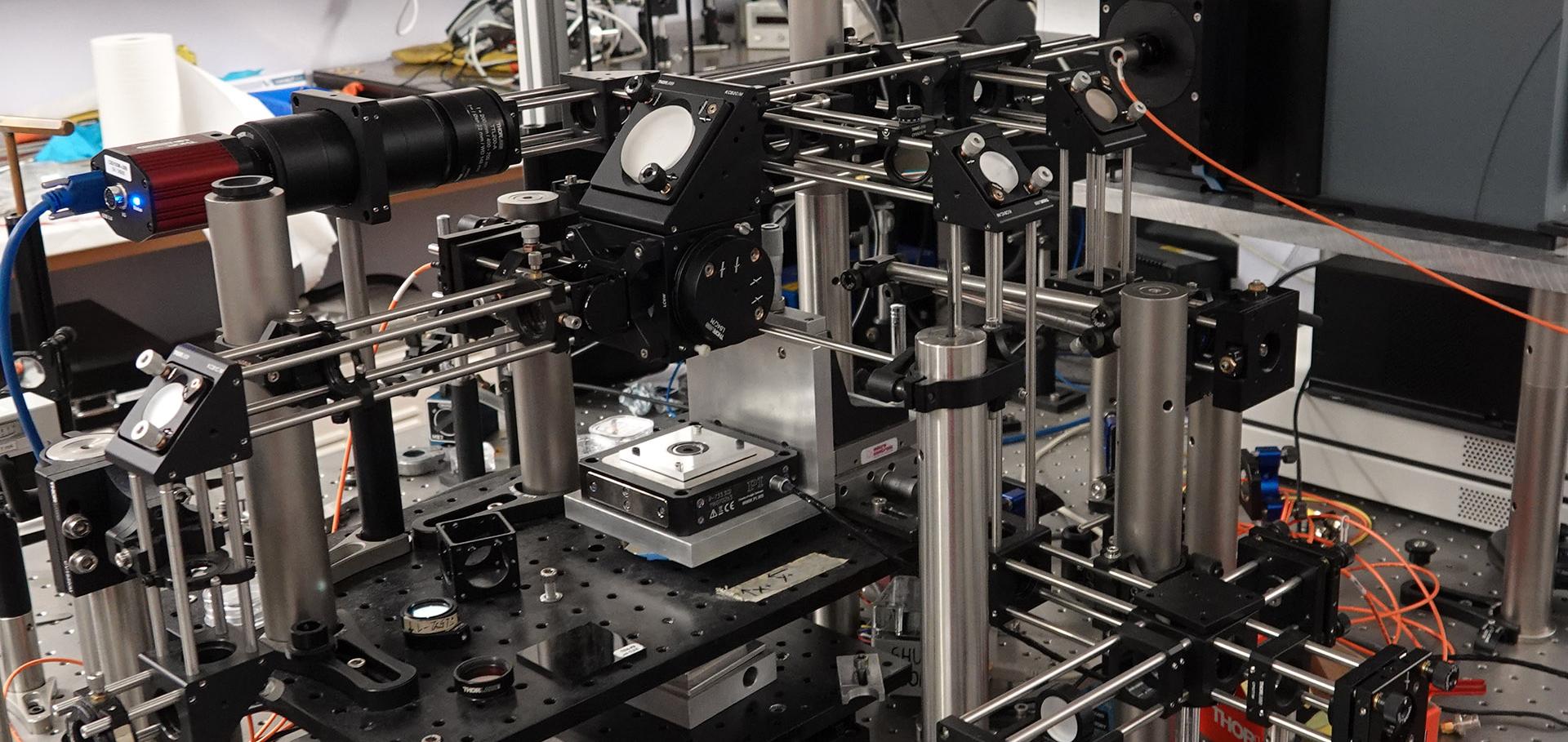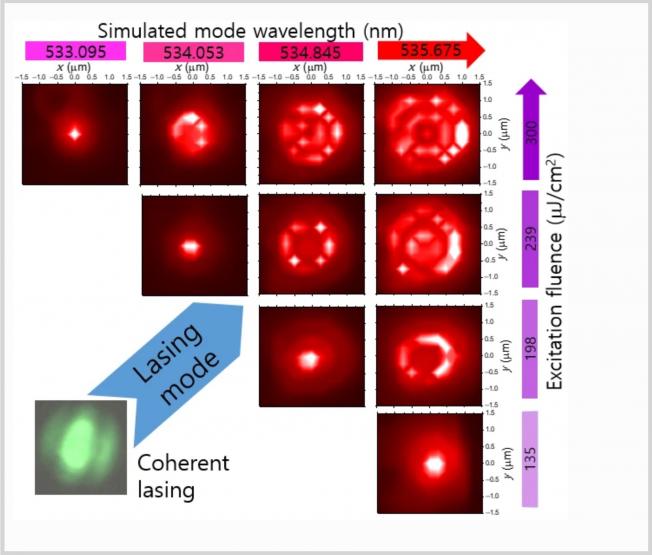Water-mediated optical and morphological tuning of highly stable orange-emitting Mn-doped perovskite for white light-emission
Abstract:
The main challenges in the optical and morphological tuning of highly stable orange-emitting Mn-doped perovskite include achieving uniform dopant distribution, maintaining structural integrity under varying environmental conditions, and optimizing luminescent efficiency while minimizing non-radiative recombination pathways. This study presents a novel, one-step, water-induced ultrafast synthesis strategy for obtaining Mn-doped mixed-halide perovskites at room temperature. This technique offers morphological control by varying the amount of water-based precursor, allowing the tuning of resulting nanostructures to produce nanoplatelets, nanocubes, or nanowires. In the growth mechanism, Mn2+ dopants affect the crystal structure by promoting stable growth and uniform doping at higher concentrations, while water improves ion dispersion, reaction kinetics, and passivation, facilitating optimal crystal growth and the formation of desired nanostructure morphologies. The synthesized Mn:CsPbBr3−xClx NCs form a highly stable colloidal solution with approximately 100 % emission stability for up to one year under ambient conditions and retain 98.9 % of its photoluminescence after aging at 85 °C for 200 h. We also explore the PL mechanism in Mn:CsPbBr3-xClx NCs, where temperature-dependent PL analysis reveals energy transfer from CsPbBr3-xClx exciton states to Mn2+-doped levels, enhancing PL intensity, with both exciton and Mn2+ emissions exhibiting a blue shift as the temperature increased from 6 K to 300 K, attributed to lattice expansion and electron–phonon interactions. A warm white light emission is achieved with excellent stability and an exceptionally wide color gamut coverage. The proposed strategy has the potential to enable large-scale synthesis and fabrication of highly stable perovskite devices for high-quality display and lighting applications.Surface plasmon-mediated photoluminescence boost in graphene-covered CsPbBr3 quantum dots
Abstract:
The optical properties of graphene (Gr)-covered CsPbBr3 quantum dots (QDs) were investigated using micro-photoluminescence spectroscopy, revealing a remarkable three orders of magnitude enhancement in photoluminescence (PL) intensity compared to bare CsPbBr3 QDs. To elucidate the underlying mechanisms, we combined experimental techniques with density functional theory (DFT) calculations. DFT simulations showed that the graphene layer generates interfacial electrostatic potential barriers when in contact with the CsPbBr3 surface, impeding carrier leakage from perovskite to graphene and enhancing radiative recombination. Additionally, graphene passivates CsPbBr3 surface defect states, suppressing nonradiative recombination of photo-generated carriers. Our study also revealed that graphene becomes n-doped upon contact with CsPbBr3 QDs, activating its plasmon mode. This mode resonantly couples with photo-generated excitons in the perovskite. The momentum mismatch between graphene plasmons and free-space photons is resolved through plasmon scattering at Gr/CsPbBr3 interface corrugations, facilitating the observed super-bright emission. These findings highlight the critical role of graphene as a top contact in dramatically enhancing CsPbBr3 QDs’ PL. Our work advances the understanding of graphene-perovskite interfaces and opens new avenues for designing high-efficiency optoelectronic devices. The multifaceted enhancement mechanisms uncovered provide valuable insights for future research in nanophotonics and materials science, potentially leading to breakthroughs in light-emitting technologies.



